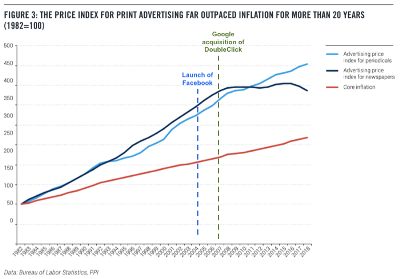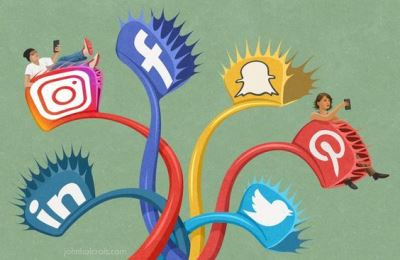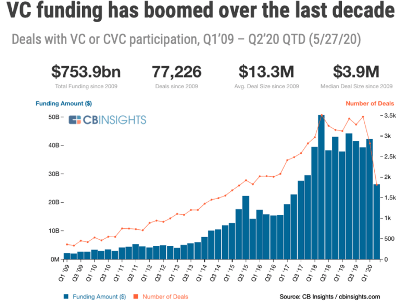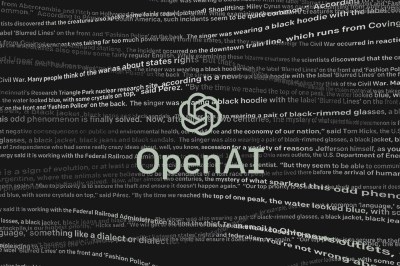The Gamestock event a few weeks ago where individual investors banding together drove the stock price up to create havoc in hedge funds and institutional investors is an interesting illustration of the power of the collective mobilized by social networks against institutions. This happened in a context of a brand loved by passionate geeks being under attack by finance hedge funds. I believe it is only the start of such situations and regulators in all industries will have to develop guidelines to deal with such collective mobilisations.

It is today very easy if there an online community with similar passions to create a movement, and this movement can have real-life effects. It happens on the political scene (various revolutions, not to mention the infamous US Capitol invasion) and will also increasingly happen on the economical scene (various boycotts, or joint action against certain companies deemed nefarious).
In the case of Gamestop, some wonder if it is a manipulation (i.e. a movement started by some people who had a vested interest to win heaps of money) but that will be hard to prove because it does not fall under the traditional stock manipulation definition (see for example this Forbes article “Reddit And GameStop Lessons: Former SEC Enforcement Chief Explains Stock Manipulation And How To Avoid Trouble“). At most an intent may be proven, but individuals that played along can’t get indicted.
Now that it is obvious how online communities can create substantial change in the way markets and regulated activities happen, regulators should develop strong guidelines about how to deal with such events: early detection, preventive actions and also a raft of corrective actions (mostly of the cool-off type) if effects are visible. At the same time collective action has always been part of political and trade-unions freedom and can’t be banned. It is a thin thread and it is essential to develop the right approaches and methods to deal with those events.











